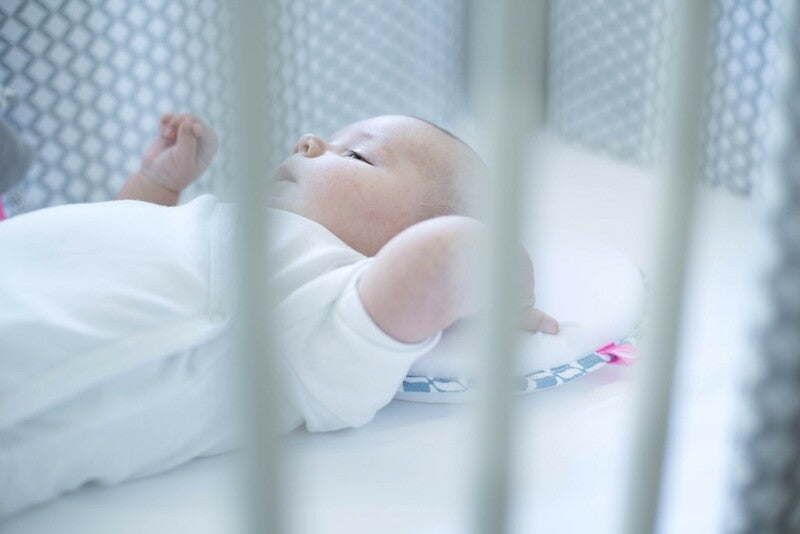How does the development of the baby's mouth with milk teeth occur.
In the growth of newborns, a very important and delicate phase is that relating to the appearance of the teeth, a fundamental process that occurs only between the sixth and eighth month of life. In this process a fundamental role, albeit temporary, is played by the so-called milk teeth, also known as deciduous or temporary teeth.
In fact, milk teeth are the first form of dentition that appears in humans and which is destined to be replaced by the so-called permanent dentition.
The formation and correct development of the teeth is not an aesthetic question but has a valuable function both for nutrition and for communication.
Milk teeth (so called because they are characterized by a color similar to that of milk), despite being destined to fall out, play an essential role both to allow the child to start taking more solid foods and to favor the correct development of the definitive teeth. .
For this reason it is essential to reiterate that even the milk teeth themselves, however temporary, must be treated very carefully to prevent the formation of cavities or other annoying inflammations.
How are baby teeth made?
Milk teeth have a root, although this is consumed with the fall of the teeth to allow the formation of the one related to the definitive teeth.
Milk teeth, like the definitive ones, are composed of:
• a crown (the upper part);
• the root (the part that fits completely into the cavities of the jaws);
• the collar (the intermediate part that joins the other two).
The external part of the teeth is formed by a particularly solid and resistant epithelial tissue in which we also find the nerves (called enamel) which has the purpose not only to withstand the stresses of chewing, but also to protect the underlying part from external dangers.
Other parts of the teeth are the dentin (which determines the sensitivity of the teeth), the cementum (the layer that lines the root surface) and the pulp (the tissue that supplies oxygen and nutrients).
How many milk teeth are there?
There are twenty milk teeth, ten for each dental arch and each of these provides for the presence of four incisors, four molars and two canines.
The difference between these teeth relates to their shape and function. The molar teeth, for example, have the role of grinding food, while the canines and incisors have the role of detaching and cutting the food.
If, as we have said, the definitive teeth replace the milk ones, why are they thirty-two and not twenty? This is because the milk molars are replaced by the premolars and then another six permanent molars are added.
Baby teeth: when do they fall out?
The milk teeth, therefore, begin to fall spontaneously from the sixth year of the child's life (but it can also happen slightly earlier or later). It is a physiological event and the presence of a “hole” between a tooth is not a problem, but is part of the normal process of development, formation and replacement of milk teeth.
What happens if the baby teeth don't fall out?
It can happen and it is not a rare phenomenon that the loss of milk teeth does not happen or is going beyond the normally expected times. This phenomenon can be caused by agenesis or other anomalies that affect the formation of the final teeth and can have effects on the cleaning of the enamel, on the positioning and alignment of the other teeth.
It can also happen that the milk teeth fall out but the definitive ones do not form, as well as that the definitive one arises before the corresponding milk tooth falls out. and take decisive action.






Leave a comment